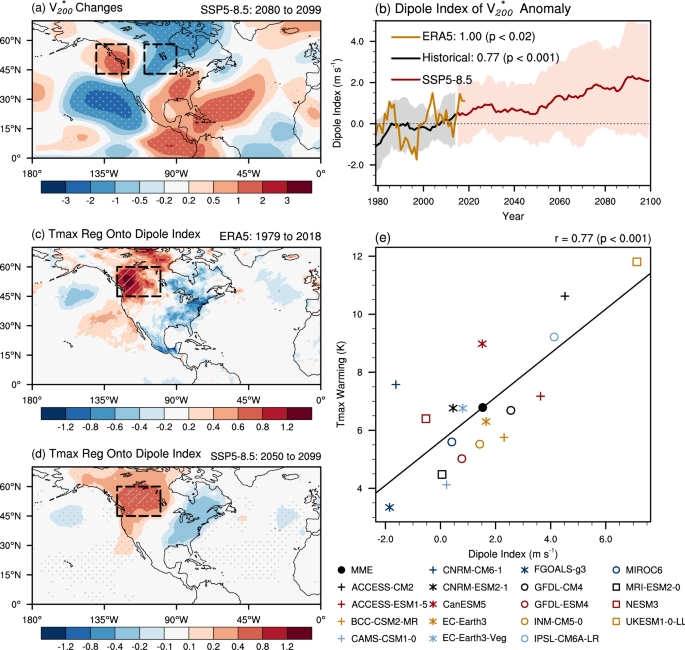2023-12-12 カリフォルニア大学バークレー校(UCB)
◆研究は、「Ecological Applications」誌にオンラインで掲載されました。研究のリード著者であるUCバークレーの火災科学教授であるScott Stephens氏は、「研究はこれらの処理が非常に効果的であることを非常にはっきりと示しています。これにより、これらの処理を大規模に行うことに希望があることを人々に知らせたいですね。」と述べています。
◆結果は、定期的な焼却と修復的な間伐を組み合わせて森林管理することも、森林の健康や生物多様性に悪影響を与えずに実現可能であることを示しており、これにより気候変動の影響に対してより強靭な樹木を育むことができます。
<関連情報>
- https://news.berkeley.edu/2023/12/12/twenty-year-study-confirms-california-forests-are-healthier-when-burned-or-thinned
- https://esajournals.onlinelibrary.wiley.com/doi/10.1002/eap.2932
森林再生と燃料削減: シエラネバダで成功を収めるためのさまざまな道筋 Forest restoration and fuels reduction work: Different pathways for achieving success in the Sierra Nevada
Scott L. Stephens, Daniel E. Foster, John J. Battles, Alexis A. Bernal, Brandon M. Collins, Rachelle Hedges, Jason J. Moghaddas, Ariel T. Roughton, Robert A. York
Ecological Applications Published: 10 November 2023
DOI:https://doi.org/10.1002/eap.2932

Abstract
Fire suppression and past selective logging of large trees have fundamentally changed frequent-fire-adapted forests in California. The culmination of these changes produced forests that are vulnerable to catastrophic change by wildfire, drought, and bark beetles, with climate change exacerbating this vulnerability. Management options available to address this problem include mechanical treatments (Mech), prescribed fire (Fire), or combinations of these treatments (Mech + Fire). We quantify changes in forest structure and composition, fuel accumulation, modeled fire behavior, intertree competition, and economics from a 20-year forest restoration study in the northern Sierra Nevada. All three active treatments (Fire, Mech, Mech + Fire) produced forest conditions that were much more resistant to wildfire than the untreated control. The treatments that included prescribed fire (Fire, Mech + Fire) produced the lowest surface and duff fuel loads and the lowest modeled wildfire hazards. Mech produced low fire hazards beginning 7 years after the initial treatment and Mech + Fire had lower tree growth than controls. The only treatment that produced intertree competition somewhat similar to historical California mixed-conifer forests was Mech + Fire, indicating that stands under this treatment would likely be more resilient to enhanced forest stressors. While Fire reduced modeled wildfire hazard and reintroduced a fundamental ecosystem process, it was done at a net cost to the landowner. Using Mech that included mastication and restoration thinning resulted in positive revenues and was also relatively strong as an investment in reducing modeled wildfire hazard. The Mech + Fire treatment represents a compromise between the desire to sustain financial feasibility and the desire to reintroduce fire. One key component to long-term forest conservation will be continued treatments to maintain or improve the conditions from forest restoration. Many Indigenous people speak of “active stewardship” as one of the key principles in land management and this aligns well with the need for increased restoration in western US forests. If we do not use the knowledge from 20+ years of forest research and the much longer tradition of Indigenous cultural practices and knowledge, frequent-fire forests will continue to be degraded and lost.



